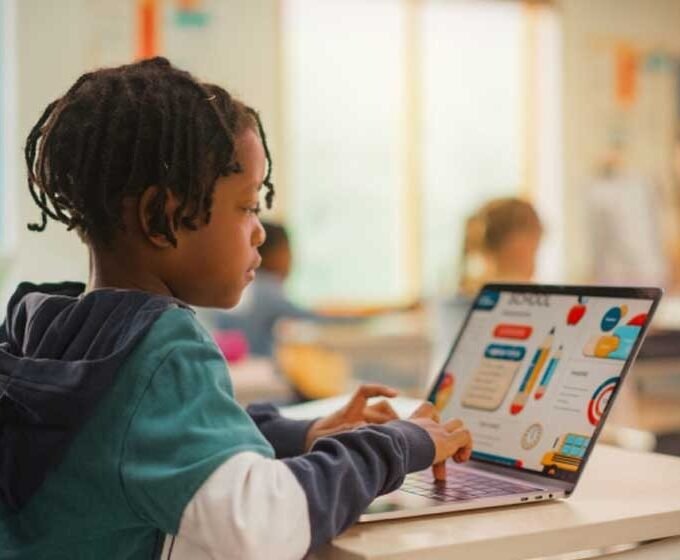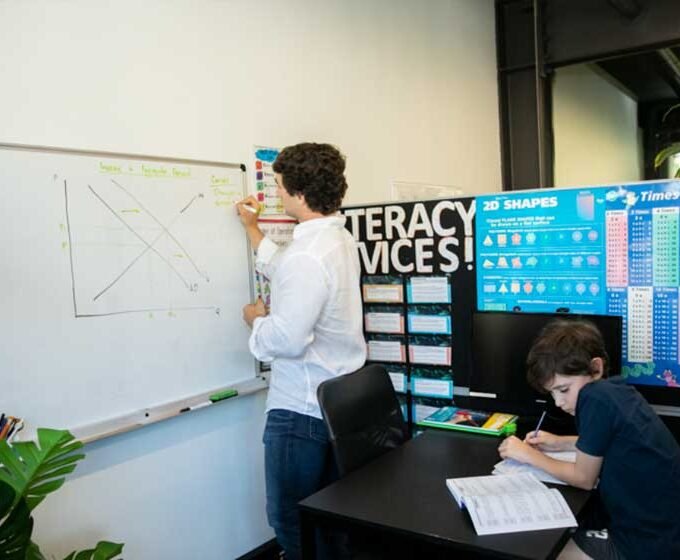In the modern education landscape, interactive classroom activities are becoming increasingly popular as a way to keep students engaged and enhance their learning experience. They can take many forms, from physical activities to online games and quizzes. They provide a fun and interactive way for learners to grasp ideas and help educators to keep them engaged and focused. This article explores 15 interactive classroom activities that can be used in various settings, including in high schools and colleges
Interactive Classroom Activities Online
As the demand for distance learning and remote classrooms continues to grow, fun interactive classroom activities have become an essential component of modern education. They offer many benefits, including increased engagement, improved learning outcomes, and greater flexibility. Here are some interactive classroom activities online that you can use in your classroom:
- Virtual Field Trips: Take your students on a virtual field trip to explore the world without ever leaving your classroom. You can visit museums, national parks, and other places of interest and use Google Earth to make the experience more interactive.
- Interactive Quizzes: Use online tools like Kahoot, Quizlet, or Quizizz to create interactive quizzes that students can complete individually or as a class. The quizzes can be customized to fit any subject or topic and can be a fun way to review material or assess understanding.
- Online Discussions: Use discussion boards or chat rooms to create a virtual classroom where learners can share their thoughts and ideas. You can pose questions or topics for discussion, and the learners can respond to each other’s posts. It allows them to use online services like CustomWritings.com in their studies. It is an exceptional essay writing service that has been providing academic assistance to scholars for years. Their team of professional writers can handle a wide range of assignments, including essays, research papers, dissertations, and more. One of the best things about them is that they deliver quality work that is completely original and written from scratch. They also offer affordable prices, timely delivery, and excellent customer support. Besides, their website is user-friendly, which makes it easy for users to place orders and communicate with their assigned experts. Overall, they are reliable and trustworthy and can help students succeed academically.
- Collaborative Projects: Use Google Classroom or other collaboration tools to create group projects that students can work on together. It can be a great way to encourage teamwork and problem-solving skills.
- Virtual Science Labs: Use online simulations to create virtual science labs where students can conduct experiments and explore scientific concepts. The labs can be used in conjunction with traditional labs or as a standalone activity.
- Digital Storytelling: Use online tools like Storyboard That or Canva to create digital stories that students can share with the class. It can be a fun and creative way to engage students and help them develop their writing skills.
- Online Games: Use educational games like Prodigy, Typing.com, or Duolingo to reinforce learning and make it more engaging for pupils. They can be customized to fit any subject or topic and can be a fun way to supplement traditional learning methods.
Overall, any online interactive classroom activity offers a range of benefits for teachers and students. They can be customized to fit any subject or topic and can be used in various educational settings. Whether you’re teaching elementary students or high school learners, there are a variety of activities for the classroom that can help keep learners engaged and motivated.
Interactive College Classroom Activities
Classroom interactive activities are not just limited to elementary and high school students. College students can also benefit from them to enhance their learning experience. Here are eight interactive college classroom activities that can help engage students and promote active learning:
- Debate: Debates are a great way to promote critical thinking, communication, and active listening skills among college students. The teacher can assign a controversial topic and divide the class into two groups to argue for or against the issue. The class can vote at the end to determine which side presented the most convincing argument.
- Case Studies: Case studies are a practical and engaging way to help college students apply theoretical concepts to real-world situations. The teacher can present a real-world scenario related to the course material, and students can work in groups to analyze the situation and develop solutions. The class can then discuss the results and evaluate the effectiveness of the proposed solutions.
- Think-Pair-Share: Think-pair-share is a simple yet effective way to promote student engagement and active learning. The teacher can present a question or problem related to the course material, and learners can take a few minutes to think about their answers individually. They can then pair up with a classmate to discuss their answer and collaborate on developing a solution. Finally, the class can come together to share their responses and discuss the most effective solution.
- Jigsaw: The jigsaw technique is a collaborative learning activity that promotes teamwork and active learning. The teacher can divide the class into groups, and each group can be assigned a different topic related to the course material. Each group member becomes an expert on their topic and presents their findings to others. This way, the participants can learn from each other and develop a more comprehensive understanding of the course material.
- Simulations: Simulations are a fun and interactive way to help college learners apply theoretical concepts to practical situations. The teacher can present a simulation related to the course material, and students can work in groups to analyze the situation and develop solutions. This activity can help students develop problem-solving skills and understand the practical implications of the course material.
- Group Projects: Group projects effectively promote teamwork, problem-solving, and communication skills among college students. The teacher can assign a group project related to the course material, and learners can collaborate to develop a solution. This activity can help develop leadership skills and learn how to work effectively in a team.
- Role-Playing: Role-playing is a fun and engaging way to help college students develop their communication and problem-solving skills. The teacher can present a scenario related to the course material, and learners can take on different roles to act out the situation. This activity can help them understand the practical implications of the course material and develop empathy for different perspectives.
- Online Discussions: Online discussions are a great way to promote student engagement and active learning among college students. The teacher can use discussion boards or chat rooms to create a virtual classroom where learners can share their thoughts and ideas. This activity can help pupils develop critical thinking skills and engage in a more interactive learning experience.
It’s Important to Engage and Inspire Students with Interactive Classroom Activities
In conclusion, incorporating interactive activities for classrooms in English can enhance the educational experience by encouraging critical thinking, collaboration, and problem-solving. Interactive learning is important for all levels of education, including elementary, high school, and college. Educators can create a dynamic, engaging, and effective classroom environment that will inspire and empower learners by integrating fun and interactive activities in the classroom and curriculum.
















